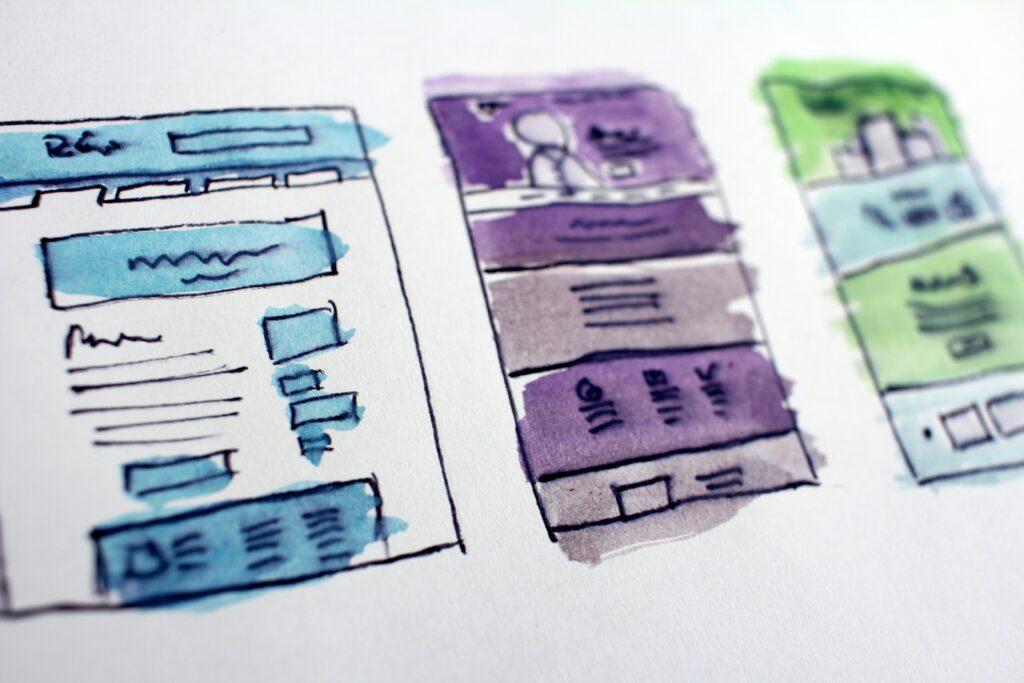
One of the things that never ceases to surprise me is the amount of misconception around the notion of innovation. Reams of paper have been filled with reflections on successful innovation and the people behind successful innovation typically receive enormous amounts of attention in their industry. Of course, what remains unsaid in these conversations is that there is an enormous amount of survivor bias going on in the innovation community. The majority of innovation experiments fail and the few that are successful receive outsized attention simply by virtue of surviving.
The challenge of innovation, in my view, is that it is concerned with breaking one or more of the norms, habits, customs or beliefs in an industry and ensuring that this coincides with an unidentified shift in customer preference. This means that for experts in an industry any innovation experiment is ridiculous and bound to fail. Which has led to my favorite definition of an expert: someone who will tell you why something can not be done.
To drive successful Horizon 3 innovation (see previous blog post for a description of the three horizons model), we need to suspend disbelief and simply try things out with customers. In my experience, this proves to be difficult in most companies for at least two reasons. First, this notion of involving customers in innovation experiments typically means to expose customers to very early stage prototypes that are far from the normal product quality levels of mature products. Many key leaders in companies are highly skeptical of this as they are concerned with the company’s brand and reputation with those customers. In response, there is often a push to invest more into the R&D of the innovation experiment to bring it closer to the “normal” product maturity and quality.
The second reason is that radical innovation initiatives are, by their very nature, extremely inefficient in that the vast majority of innovations fail and only a few are successful. Especially in companies that pride themselves on efficiency, accepting that radical innovation requires many failures to get to a few successes is very countercultural. Combining that with the “rule-breaking” nature of innovation causes a situation where traditional leaders easily end up in a situation where they claim it is obvious that a particular innovation was not successful and that it should not even have been tried out to begin with. This then discredits the innovation initiatives and, over time, support for innovation starts to erode.
During the last decade or so, two concepts have become more prevalent to address this challenge, i.e. design thinking and lean startup. The notion of design thinking is, at its core, concerned with deep empathy with and understanding of the customer. By spending time with customers, shadowing them as they go through their day, understanding the broad context in which your offerings as well as those of competitors are used, deeply investigating the “job” that these offerings are employed for, etc. the result is that the ideas that the innovation efforts result in have a much higher likelihood of success. Even though I still have to meet the first company that admits to not knowing the customer, the fact is that in most contexts, the company knows its customers only through the narrow lens of how their offering is used by them.
The second concept is the lean startup. Whereas design thinking is concerned with generating higher quality ideas that have a better chance of being successful, the lean startup concept is focused on testing these ideas with customers against the lowest possible cost per experiment and with the notion of iterating as rapidly as possible through subsequent experiments. The insight behind the lean startup is that most innovation ideas fail and only a few are successful. As we don’t know which ones will be successful, we need to weed out the unsuccessful ones as rapidly as possible and to iterate over potentially successful ones in order to learn as quickly and as cost effectively as possible what it is that constitutes the essence of success. In an earlier post, I described our innovation funnel approach that is quite helpful in this context.
Concluding, horizon 3 innovation needs to focus on customers and users and breaks the existing beliefs about them within an industry. Successful innovations capture an unknown shift in customer preference and then provide an offering around this insight. As most radical innovation attempts fail, we need to focus on two activities. First, use design thinking concepts to build deep empathy with the customer and user in order to improve the quality of the ideas generated as part of the innovation process. Second, apply lean startup thinking to ensure the lowest cost per innovation experiment as well as the shortest time per experiment with the intent of running as many experiments as possible per unit of time and resource. Finally, ensure that leaders understand the principles behind horizon 3 innovation in order to avoid the “it’s obvious that” trap and the perceived inefficiency of innovation. And remember, as Simon Sinek said, innovation is not born from the dream; it is born from the struggle.
Like what you read? Sign up for my newsletter at jan@janbosch.com or follow me on janbosch.com/blog, LinkedIn (linkedin.com/in/janbosch), Medium or Twitter (@JanBosch).